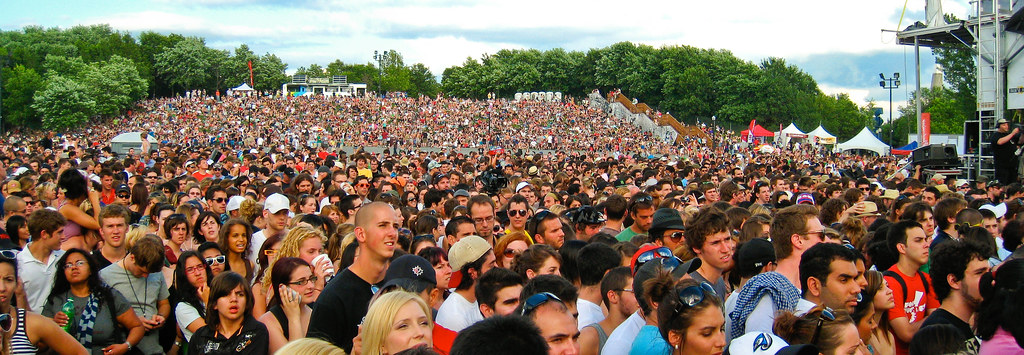
In 2006, it was estimated by Bjork et al. that there were about 1.35 million papers published in a little over 23,000 peer-reviewed journals. Given historical growth rates of about 2.5% per annum, we can surmise that this year, 2014, there will be just over 1.6 million papers published via peer review.
This raises several very interesting (and potentially disturbing) questions:
- What is the quality of such a large number of papers being published (that’s one paper submitted every 20 s, assuming all manuscripts are published)?
- How well are peer reviewers able to adequately review these submissions?
- And perhaps most importantly, how can I be heard above the ‘din’ of other researchers trying to be heard?

Of course, there will not be 1.6 million articles published in your discipline in 2014, so the chances of you being heard are considerably better. But perhaps the larger question this raises is this: just how relevant are my research questions?
The answer to this may include several different considerations. First, to what extent are your efforts in research self-motivated, i.e., are you primarily driven by your thirst for knowledge? Or, will your contract, or bid for tenure, be ultimately affected by the quantity, and quality of course, of this year’s research output?
Second, assuming that your motivations are intrinsically noble and not self-serving, you have to determine how ‘important’ are your research questions, i.e., has someone else already answered some (all) of them? Are they, in reality, self-evident? Back in the 1960s, when sports biomechanics research was well and truly in its infancy, it was possible to publish research on running that concluded that one’s running speed was a function of both increasing stride length and increasing stride frequency – hardly earth-shaking by today’s standards (the equivalent of the academic ‘duh’).

Finally, while there will be probably several hundred thousand researchers publishing their findings in 2014, I believe that many of these publications will be, at best, one paper in perhaps a series of two or three papers within the same theme, with many being the only paper from the lead author in that particular topic area. One of the best ways to truly have an impact and stand a little above the crowd in whatever discipline you may be in is to develop a program of research, rather than just a series of research projects loosely falling under a theme. For me personally, although my current position, like most of my previous ones, places expectations on me that I will participate, encourage, support, etc. research across a wide range of topics and disciplines, I have been developing a theme to my research. This program began, to a certain back in my doctorate at the University of Waterloo, under the late Professor David Winter, where I started learning about gait and gait analysis. It was enhanced, in the mid-1990s, again under the influence of Prof. Winter, with explorations into balance and posture. Today, I would describe my research program as a study of the mechanisms and effects on the sensory-motor coordination of the human dynamic stability system during movement where the human can be modelled as an inverted pendulum. This system can be tested under a wide range of conditions, including sit-to-stand, quiet standing, walking, running, stair-climbing, and similar activities. Admittedly, this is quite a broad theme, but it does have well-defined boundaries. It has wide implications for inter- and multi-disciplinary collaborations, and findings would be of interest to multiple journals.
Ultimately, I suppose, the answer to my question, how relevant is my research?, is not something I can answer. Any answer I give will be at best biased and at worst self-deprecating. Time will tell whether I will be remembered for anything I may have published or presented. But, I know that when I leave academia, I will be able to look back and take pride in what I have done in research. And, maybe that is all any of us can hope for!
Bo-Christer Björk, Annikki Roos, Mari Lauri. 2008. Global annual volume of peer-reviewed scholarly articles and the share available via different Open Access options. http://ocs.library.utoronto.ca/index.php/Elpub/2008/paper/view/689/0.


